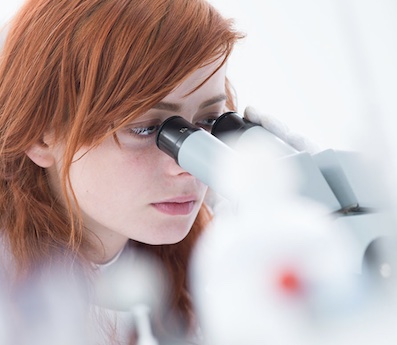 Cleanzine: your weekly cleaning and hygiene industry newsletter 10th July 2025 Issue no. 1170
Cleanzine: your weekly cleaning and hygiene industry newsletter 10th July 2025 Issue no. 1170
Your industry news - first
The original and best - for over 20 years!
We strongly recommend viewing Cleanzine full size in your web browser. Click our masthead above to visit our website version.
The antimicrobial nature of bioflavonoids…
 By Richard Thomas, managing director of Citrox Biosciences
By Richard Thomas, managing director of Citrox Biosciences
“The pandemic certainly hammered home the benefits of regular handwashing and surface disinfection in controlling microbial proliferation. However, traditional cleaning products often contain toxic chemicals that are damaging to the environment, or that can lead to a range of health problems, including dermatitis, asthma and even cancer.
Bioflavonoids offer an eco-friendly alternative to these harmful compounds, acting as powerful, yet natural, antimicrobial agents capable of killing many pathogenic viruses, fungi and bacteria.
This article discusses how these naturally occurring polyphenolic compounds have been integrated into various commercial and domestic technologies to offer a safer, more sustainable way of reducing microbial build-up.
The cost of microbial mitigation…
Microorganisms are all around us and, for the most part, they are either completely harmless or even beneficial to our wellbeing. For example, humans live every day in perfect symbiosis with the countless microbes making up our gut microbiome, which not only assists in food digestion, but is thought to offer dozens of other physiological benefits. However, some bacteria, fungi and viruses are human pathogens that can cause adverse health effects, ranging from relatively benign gastrointestinal illnesses to more serious conditions like pneumonia, tuberculosis and even cancer.
Thankfully, cleaning and disinfection are simple interventions that kill a majority of harmful microorganisms. Unfortunately, some of the chemicals found in everyday household and industrial cleaning products can be damaging to the environment. Volatile organic compounds, for example, are known to contribute to global warming when released into the atmosphere. However, other compounds can also be harmful to wildlife, and studies have shown that the leaching of alkylphenol ethoxylates - surfactants used to increase the spreading and wetting properties of some cleaning products - into aquatic habitats can have negative effects on animal reproduction. Additionally, ingredients containing phosphorus or nitrogen can lead to the formation of noxious algal blooms, effectively poisoning entire bodies of water.
It isn't just wildlife that is affected though, since many of these chemicals are also toxic to humans if ingested or inhaled. Exposure can result in a whole host of health problems - including eye, skin and respiratory infections - which are especially prevalent in individuals with professions that involve regular cleaning activities. In fact, a 2019 study found that occupational exposure to cleaning products and disinfectants was associated with an increased risk of developing chronic obstructive pulmonary disease of up to 38%. Fortunately, innovative cleaning products have been developed to counteract these issues, doing away with harsh chemicals in favour of natural alternatives.
The power of bioflavonoids…
A powerful ingredient in many of these cutting-edge products are bioflavonoids, which are plant metabolites commonly found in fruits, vegetables, grains, stems, flowers and tea. In nature, they are responsible for the colours and aromas of fruits and flowers, as well as UV filtration, nitrogen fixation, cell cycle inhibition and chemical messaging. However, cleaning product manufacturers are harnessing them for their antibacterial, antiviral and antifungal properties. It is believed that the antimicrobial activity of these bioflavonoids can be attributed to their ability to interfere with microorganisms' cytoplasmic membrane, preventing the uptake of nutrients.
Innovative manufacturers - such as Citrox Biosciences - are combining bioflavonoids with ingredients that provide disinfection, decontamination, anti-adhesion and surface moisture control to create natural surface cleaners, disinfectants, dry mists, disinfecting granules and antibacterial hand gels. Hard surface and textile sealants are also available, which coat treated surfaces with a robust microbial barrier, reducing the number of pathogen adhesion points to prevent the potential of proliferation. Some of these products even boast protection of up to two years, dramatically reducing long-term risk of cross infection.
Conclusion…
Robust cleaning and disinfection techniques are an essential weapon in the never-ending battle against pathogens. However, it is crucial that the products used to kill undesirable microbes do not damage the environment or cause health issues in humans and wildlife. Bioflavonoid-based formulations using only natural ingredients can be just as effective as traditional products, with some capable of killing up to 99.99% of bacteria and viruses. We have only scratched the surface of potential bioflavonoid applications and, with new beneficial effects being discovered every day, perhaps it is finally time to admit that nature knows best.”
10th August 2023







